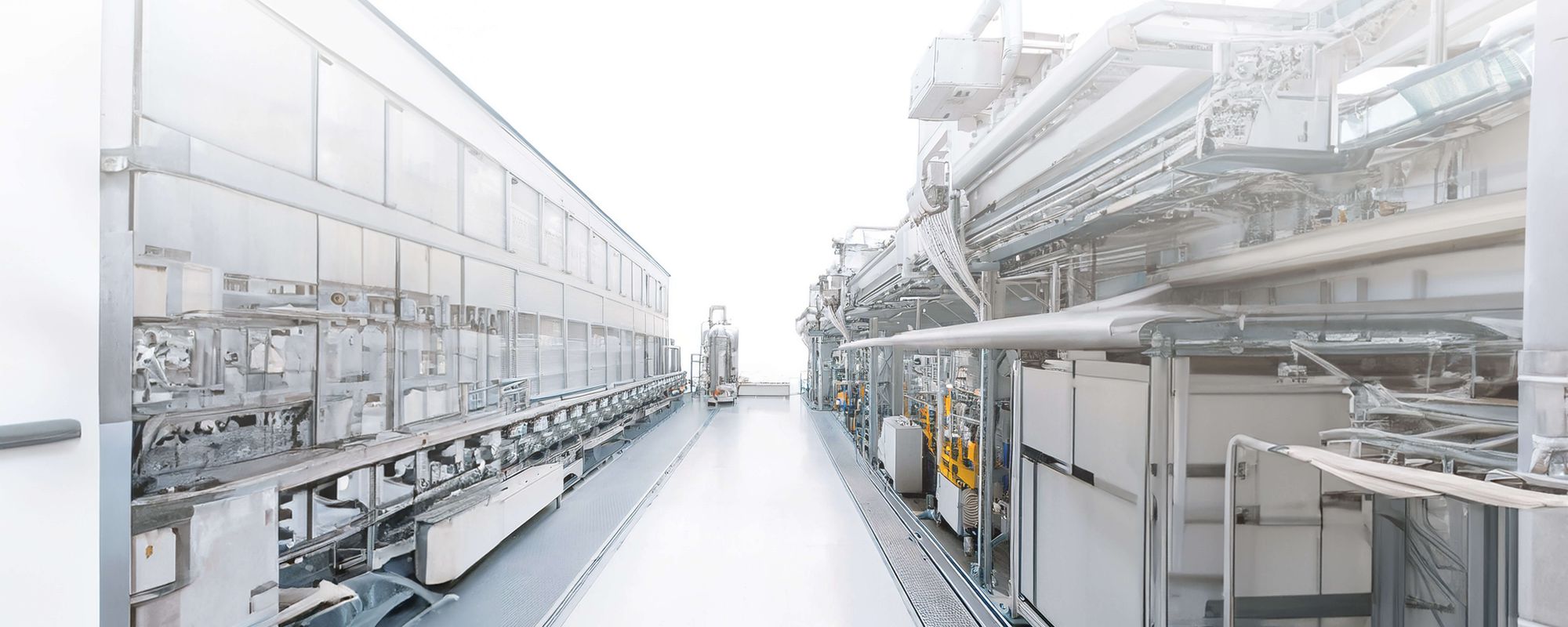REPORT | Building the Factory of Tomorrow | CHAPTER 6
Measuring ROI and Sustainability

Our latest report, Building the Factory of Tomorrow, offers an in-depth analysis of the core forces shaping modern industrial production, from the accelerated pace of technological innovation to the integration of human-robot collaboration in next-generation factories.
Download this detailed report to explore:
- Cutting-edge advancements in AI, Quantum Computing, and Hyper Automation that are impacting manufacturing processes.
- The impact of globalized supply chains and virtual collaboration tools in enabling seamless cross-border operations.
- The shift toward sustainable production models, emphasizing circular value chains and carbon-neutral practices.
This report provides valuable technical insights for engineers, industry leaders, and decision-makers seeking to leverage the latest innovations and strategic trends to enhance operational efficiency and remain competitive in a rapidly changing landscape.
In the next decade, manufacturers and providers of industrial automation solutions will increasingly invest in Industry 4.0 and Industry 5.0. However, before embarking on such projects and initiatives manufacturers must be convinced that the new systems will improve production time, quality, and cost. In this direction, it will be very important for stakeholders to assess the potential return on investment (ROI) of Industry 4.0/5.0 projects and to ensure their viability. Capital budgeting methods provide an initial base for such ROI calculations and related feasibility studies. The following sub-paragraphs provide some of the most popular capital budgeting techniques.
Return on Investment (ROI)
ROI is a widely used capital budgeting method that calculates the percentage return earned on the invested capital. The formula for ROI is:
ROI = (Net Profit / Initial Investment) * 100
where Net Profit corresp
CHAPTER 1
The Blueprint for a Modern Smart Factory
Our latest report, Building the Factory of Tomorrow, offers an in-depth analysis of the core forces shaping modern industrial production, from the accelerated pace of technological innovation to the integration of human-robot collaboration in next-generati ...
CHAPTER 2
Technology Enablers of Manufacturing Automation and Future Factories
Our latest report, Building the Factory of Tomorrow, offers an in-depth analysis of the core forces shaping modern industrial production, from the accelerated pace of technological innovation to the integration of human-robot collaboration in next-generati ...
CHAPTER 3
Applications of the Factory of the Future
Our latest report, Building the Factory of Tomorrow, offers an in-depth analysis of the core forces shaping modern industrial production, from the accelerated pace of technological innovation to the integration of human-robot collaboration in next-generati ...
CHAPTER 4
The Human Factor: Trustworthy Technologies and Workforce Upskilling
Our latest report, Building the Factory of Tomorrow, offers an in-depth analysis of the core forces shaping modern industrial production, from the accelerated pace of technological innovation to the integration of human-robot collaboration in next-generati ...
CHAPTER 5
Cybersecurity and Regulatory Compliance in Manufacturing Automation
Our latest report, Building the Factory of Tomorrow, offers an in-depth analysis of the core forces shaping modern industrial production, from the accelerated pace of technological innovation to the integration of human-robot collaboration in next-generati ...
CHAPTER 6


